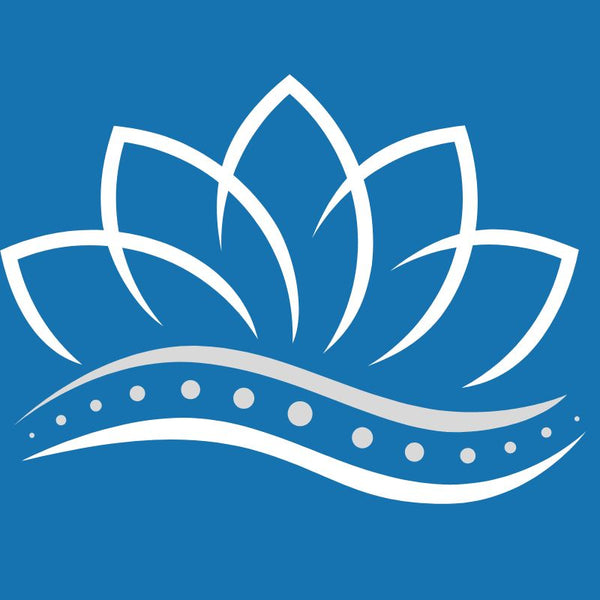About Us
How Did the Back Pro Start?
In 1977 my wife Diana and I were living in Florida. I was active as a General Contractor building homes - I had been building since I received my first License in 1952. We were both tennis players, and I had built a clay court at our home.
One day, Diana was taking a tennis lesson from a local pro and stepped back onto a tennis ball by accident. Her foot went out from under her and she fell backward landing on her bottom. That was the end of the lesson, and within a few days, she was in a lot of pain and could no longer play tennis.
After many tests and x-rays, an Orthopaedic Doctor determined that the fall had created deterioration in the lumbar discs. This was before the invention of the MRI machine. The doctor recommended physical therapy which only made her feel worse.
I bought her an inversion table but the first time she used it and went upside down she became nauseous. She did say that as she was tilting the motion did make her feel a bit better before becoming nauseous.
I realised that no modality was available that would allow her to resume tennis. I realised that it was up to me to build a device that would allow her to resume playing tennis. I had already developed and patented other items in the past.
I came across Dr. Salter while researching. He's a Canadian research physician, who developed a Modality called Continuous Passive Motion (CPM). This CPM completely reversed how Physicians treated people with problems like Diana's.
After thinking about how I could use this technique to help, my wife and I decided on a testing method. She would lie down on the bed as I held her feet to my stomach, pushing and pulling her as hard as I could. To my disbelief, after a few minutes of this Diana felt better.
I was then able to build a device that could emulate the motion that I used on the bed. It took about a week for me to build a very crude machine that Diana could use lying on the floor. After using the device for about a month, Diana was back playing tennis.
At that time Diana and I had opened a chain of restaurants called Randy's Ribs. I had no intention of going into the manufacturing business.
To my surprise, other people heard about the machine and wanted one! So I opened a small factory to design and build a practical version of the machine that Diana was using.
Thus I invented and patented the Back Pro CPM Table.
Over the years while having other businesses, I also built and sold the Back Pro. I realised that while the machine worked - it was complex, bulky, and expensive to build. As well as too expensive for the majority of people.
In 2007 a group of Doctors approached me who were aware of the Back Pro I had created. They wanted to develop a line of Orthopaedic Rehab devices for people that had joint replacement and never were able to achieve full range of motion. Which was occurring in about 30% of the patients.
Thus Orthopaedic Weight Sensors LLC and FlexPro LLC were born. I developed devices to increase flexibility in joints such as knees, ankles, shoulders and elbows. I got them approved to rent to the VA.
All the machines were computer-driven and we were having a lot of electronic problems. One of the people that had a machine asked if they could somehow make the machine work harder. This gave me the idea of letting the patient control how hard the machine would push and pull them.
After we made all the machines patient-controlled, our success rate went to almost 100 percent in achieving the necessary range of motion needed for everyday living.
Unfortunately in 2014, Diana, who had a growing business as a Party Planner, soon became bed-bound after her Dementia diagnosis. After a period of time, I had a decision to make, stay with the company or leave and take care of Diana. I told the Board that I would have to leave the Company and to get someone to replace me. They did and I left.
Shortly after that, I decided to reinvent the Back Pro using the techniques that I had developed. This allowed the patient to decide how hard to let the machine push and pull.
In 2017, I opened a small shop 10 minutes from my house. While the caregivers were there taking care of Diana, I could leave and work at the shop 4 to 5 hours a day. In the middle of 2019, I had a working model of the new low-cost Back Pro to start testing on myself.
In January of 2016, I had to have a bilateral laminectomy LI through L5. The surgery done by Dr. Steven Rapp was successful, but it left my back unstable and I was getting Sciatica. I discussed this with Dr. Rapp and he said the only thing that could help was fusion. He would not do this, nor would I ever have it done because the long-term results were not very good.
Fortunately, I had one of the original large Back Pro machines at the house. The Back Pro did a fine job of keeping the inflammation and the pain down. I needed very little OTC medication.
Since then, I've been working on new machines to help people with back and knee pain. They are now available to purchase.
Randall Fenkell
